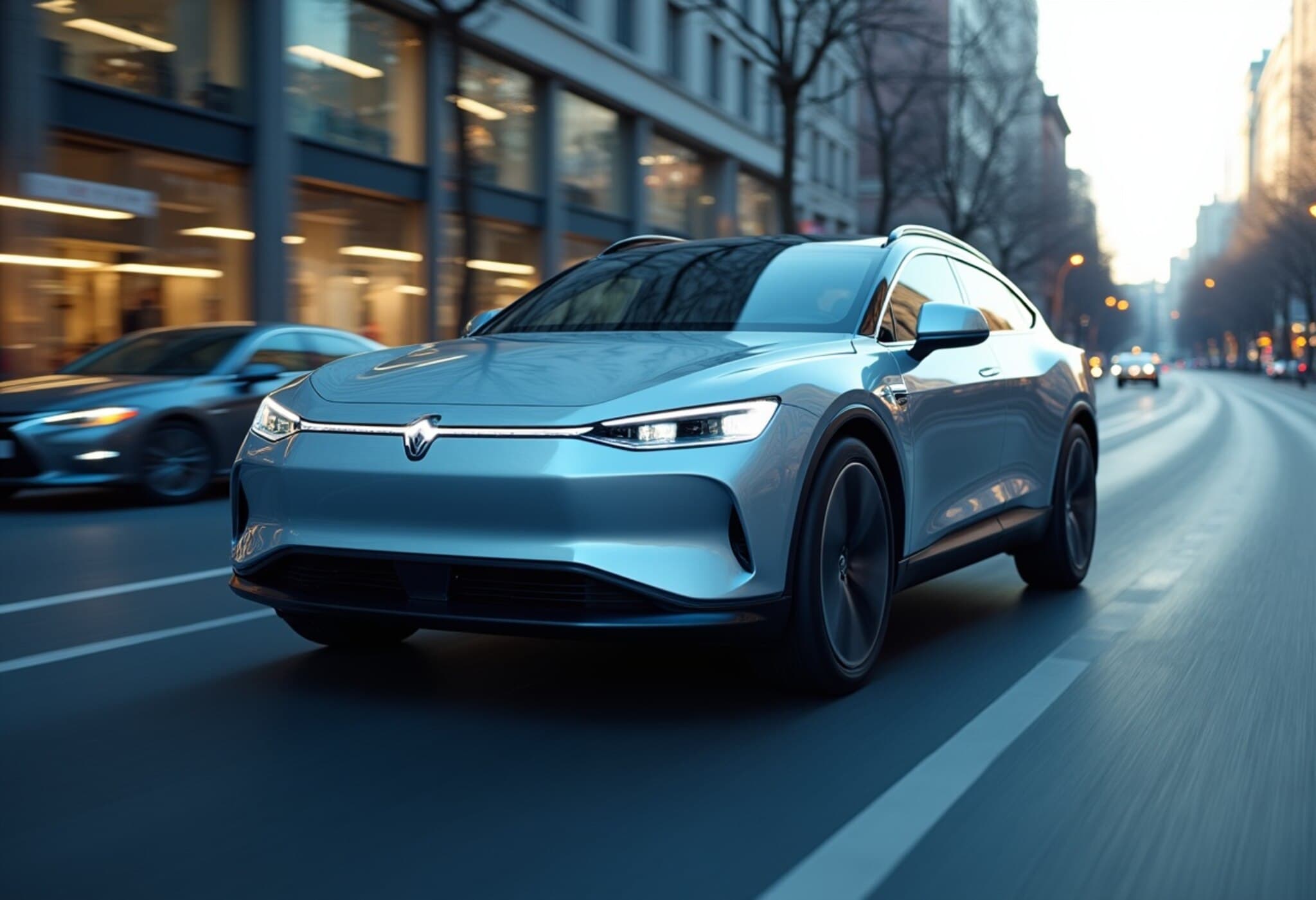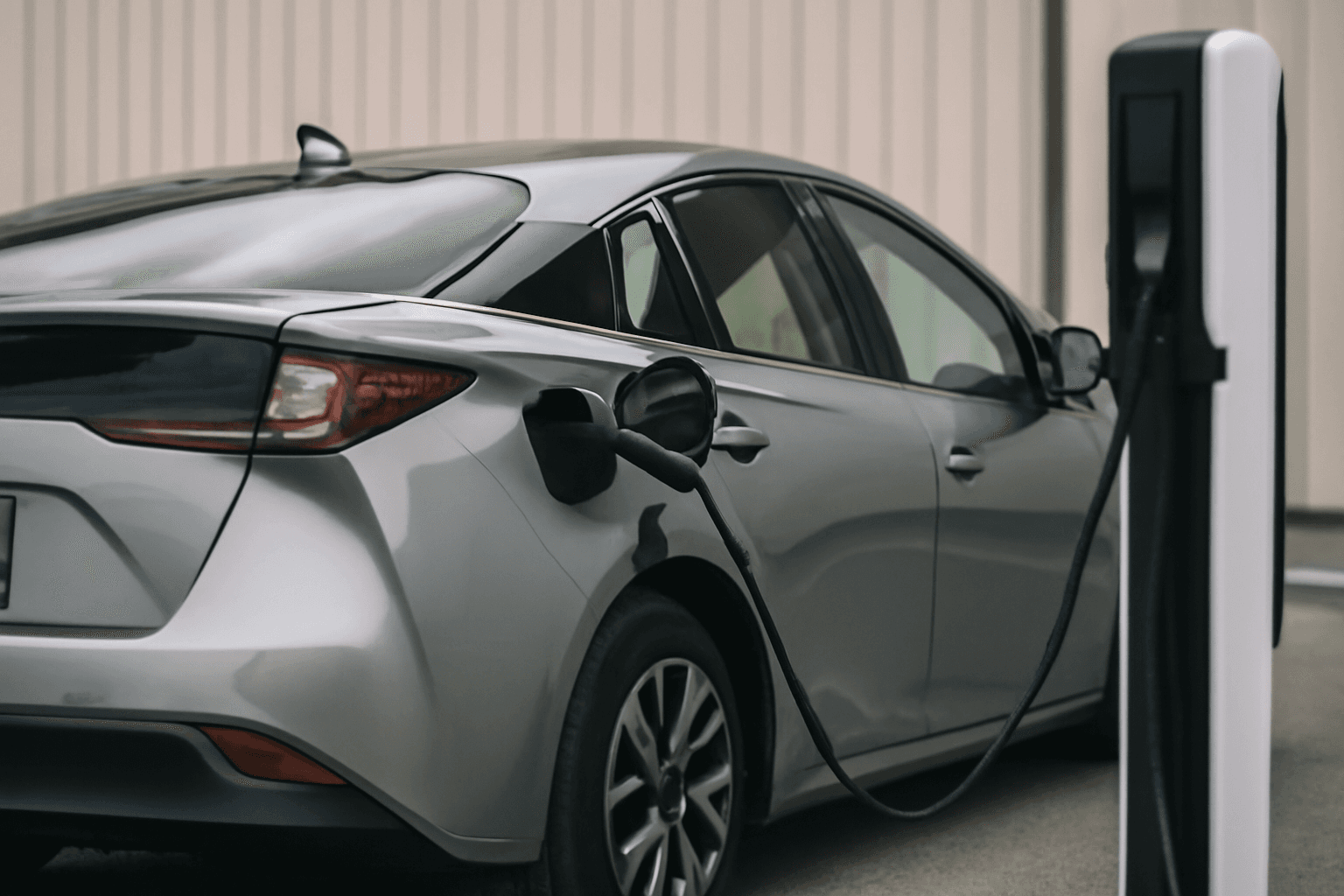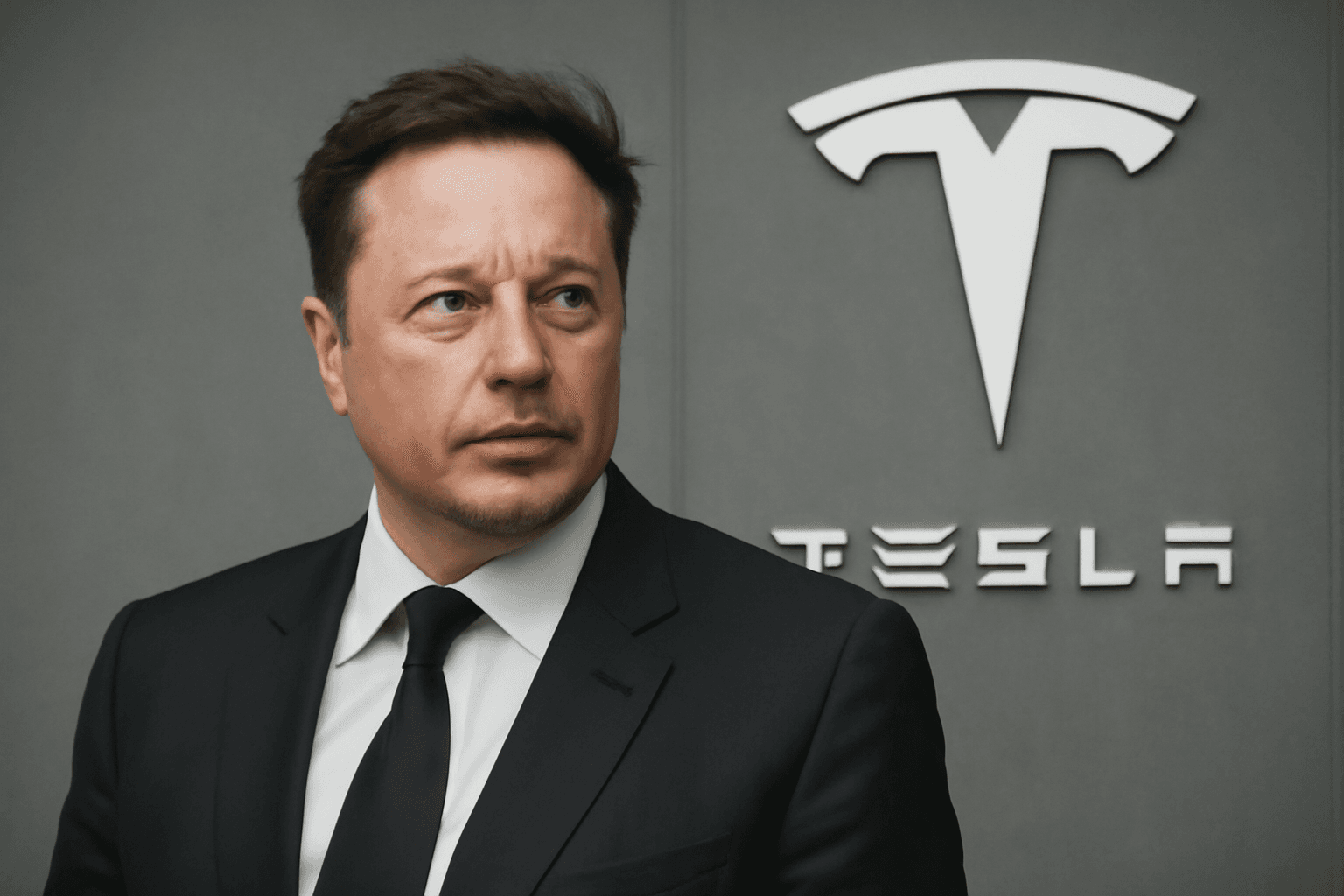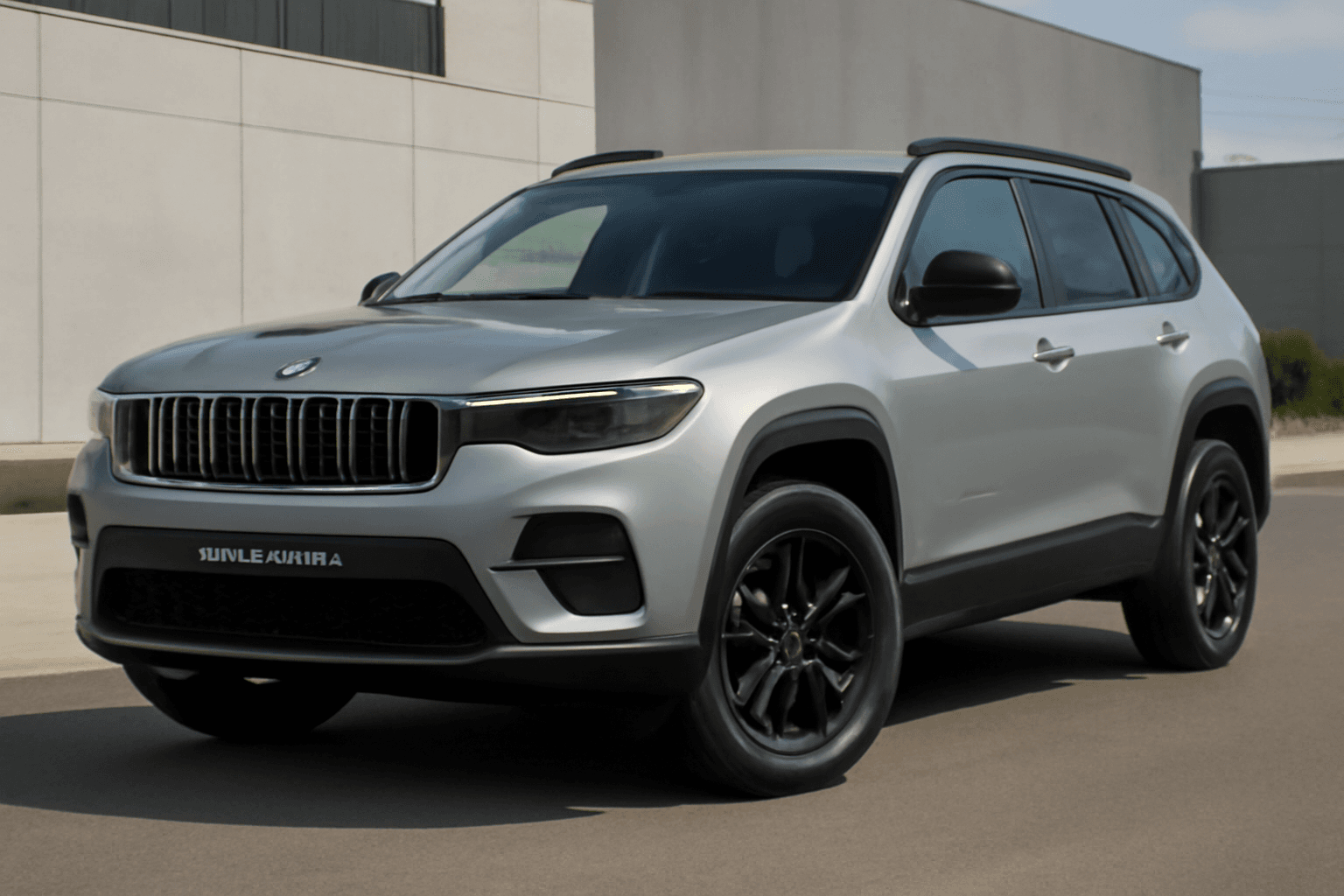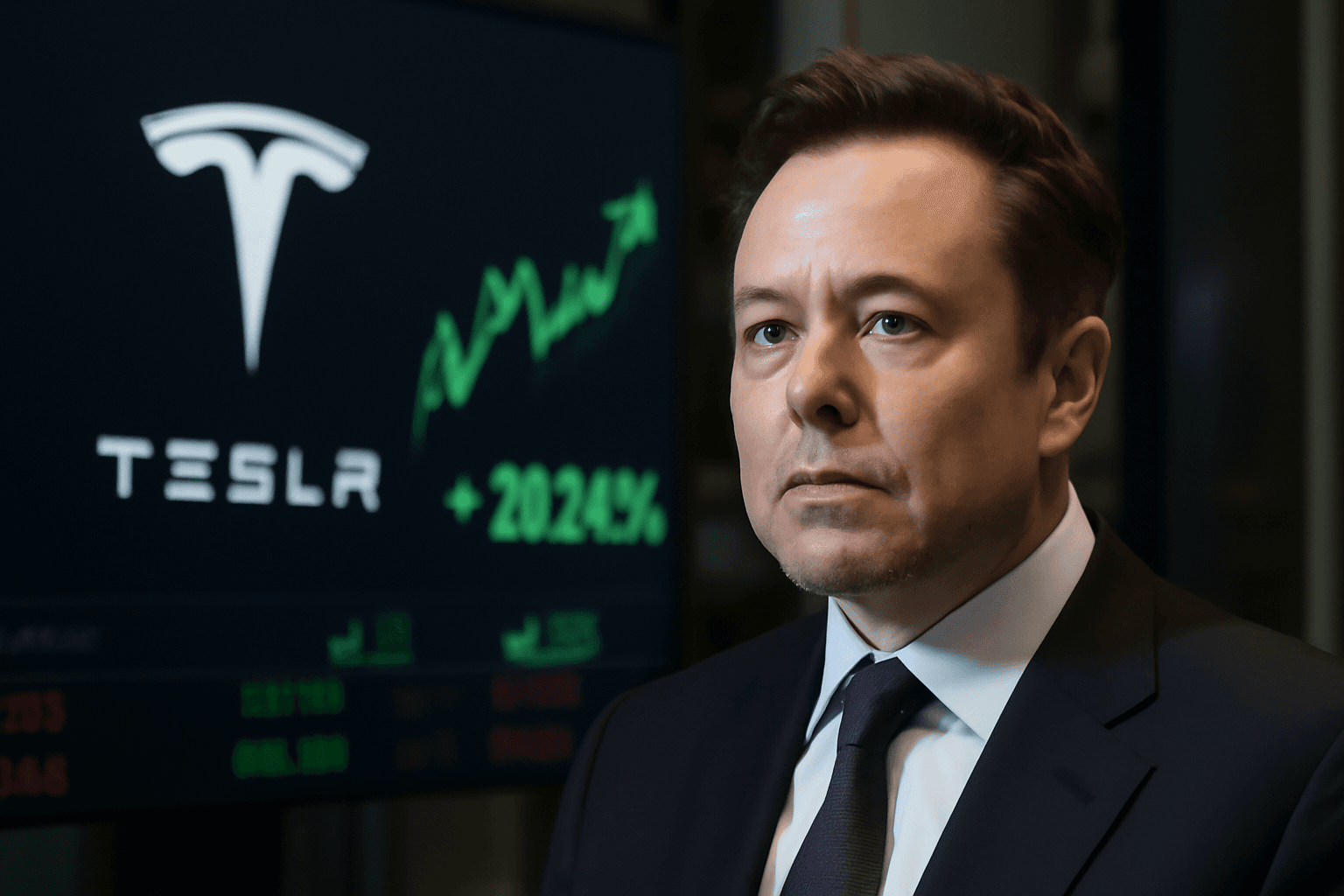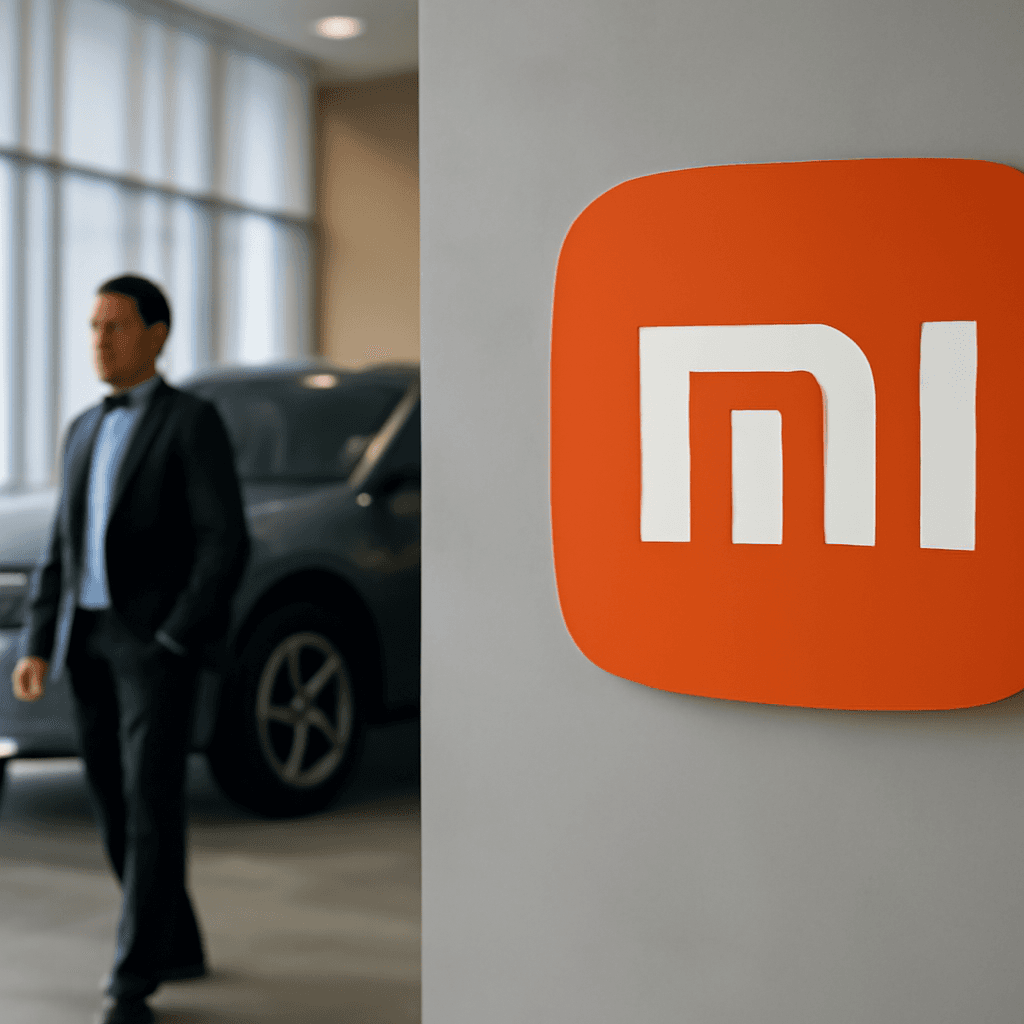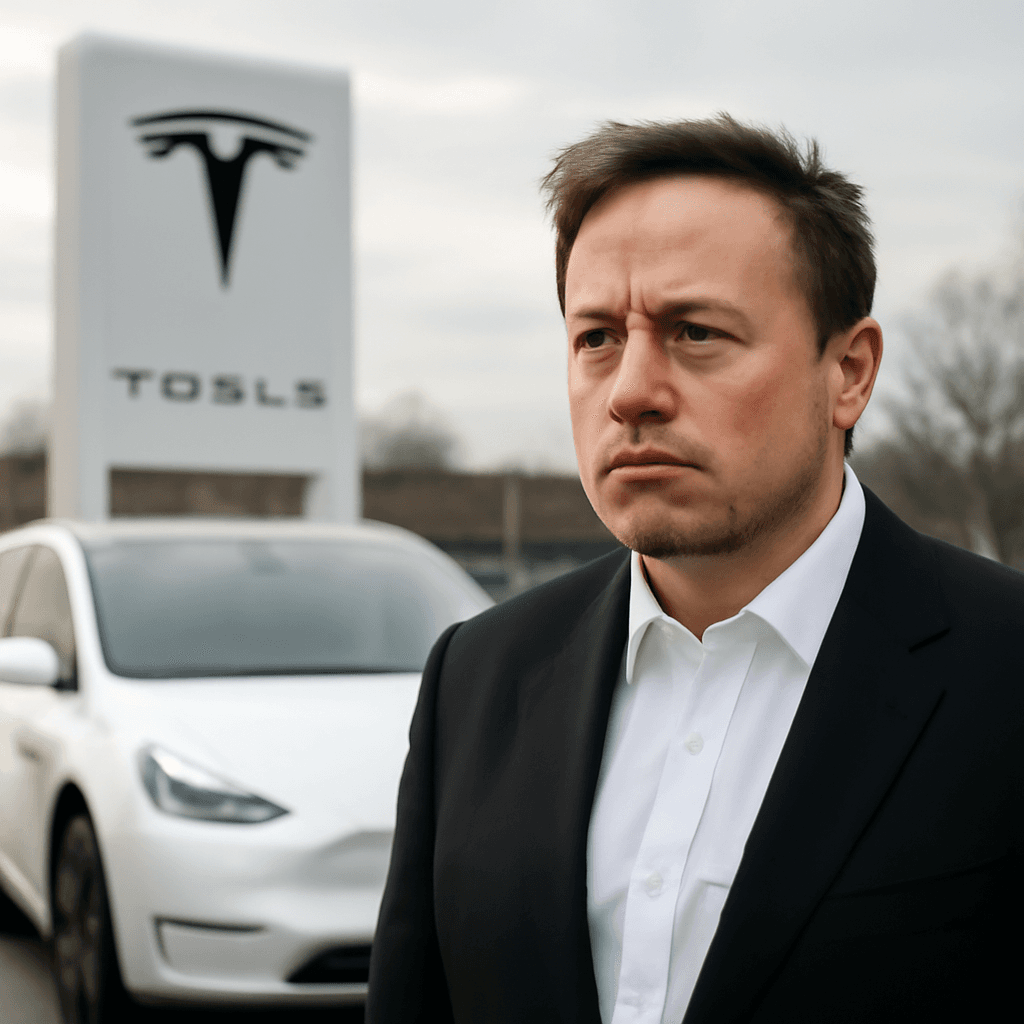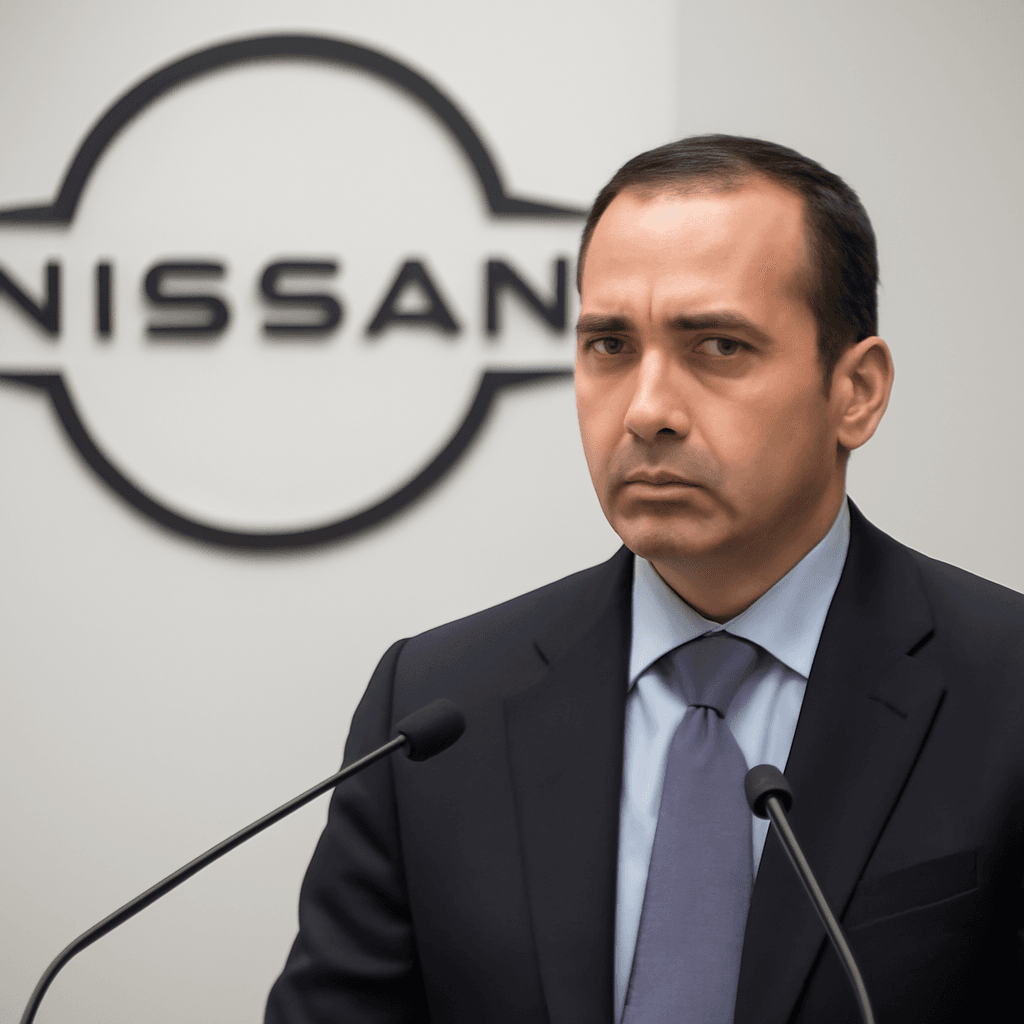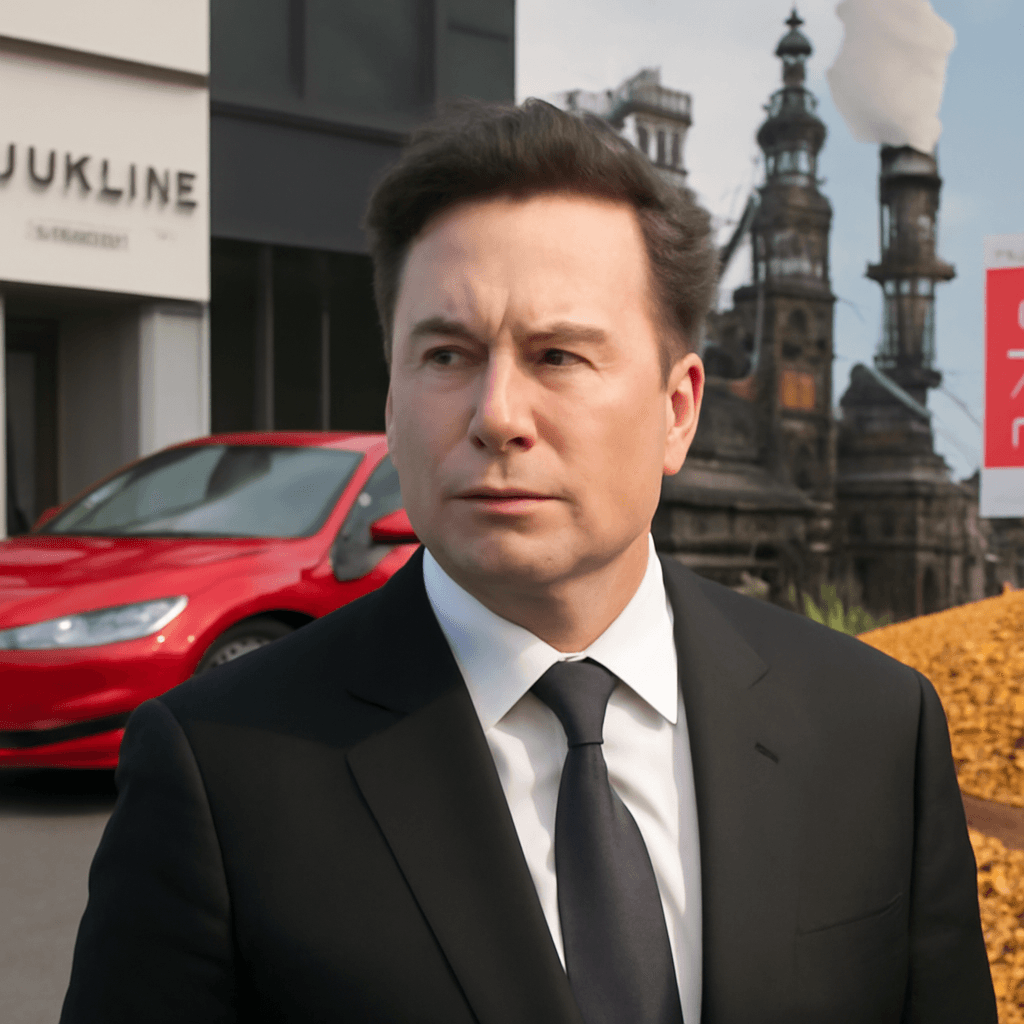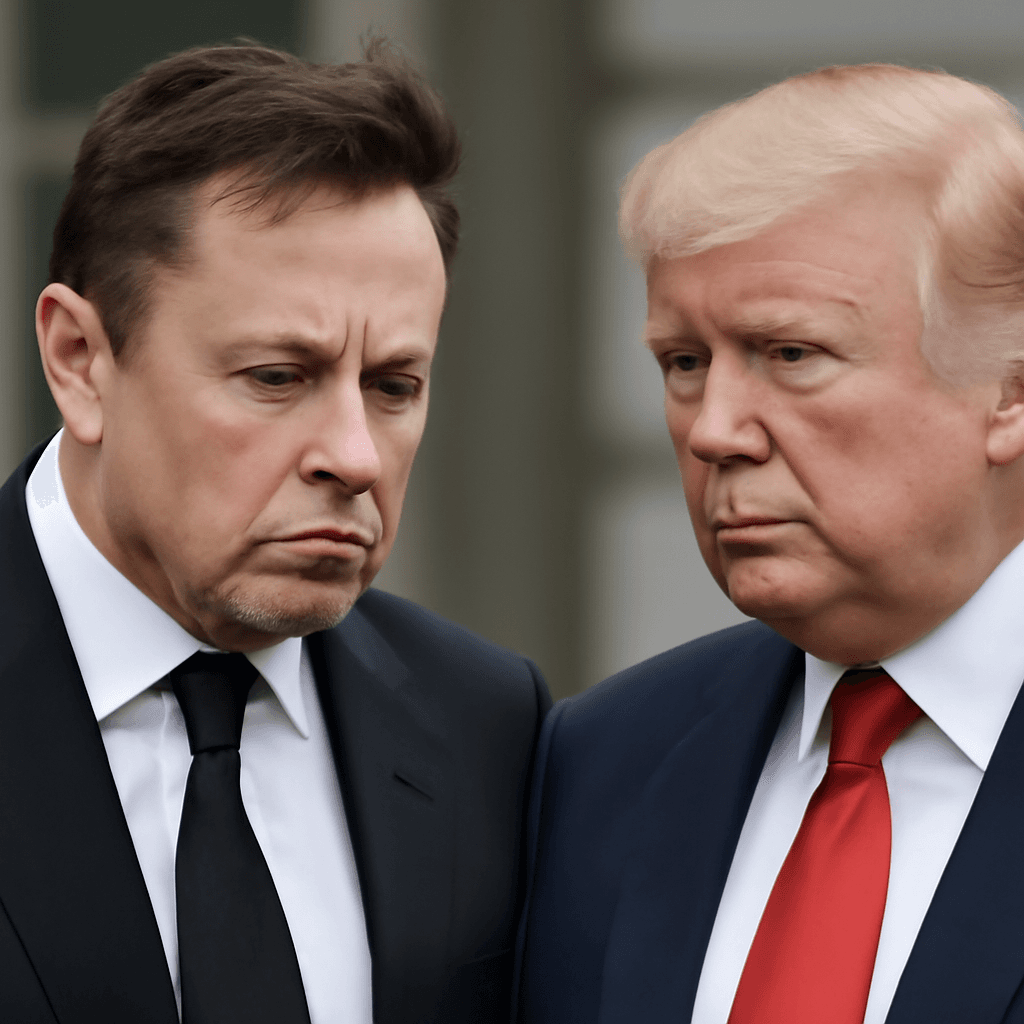The Resurgence of the Solid-State Battery Race in Electric Vehicles
After years of teetering between promise and practical hurdles, the race to bring solid-state batteries (SSBs) into commercial production for electric vehicles (EVs) is gaining fresh momentum. What was once considered a distant breakthrough is now rapidly approaching reality, with major automakers and battery manufacturers accelerating their timelines toward mass production before 2030.
Why Solid-State Batteries Matter for the Future of EVs
Conventional lithium-ion batteries, which power the majority of today’s EVs, rely on liquid electrolytes to shuttle ions between electrodes. Solid-state batteries, by contrast, replace this liquid with a solid electrolyte—often ceramic-based—offering significant advantages:
- Higher Energy Density: More energy packed into a smaller, lighter volume translates to longer driving ranges.
- Improved Safety: Solid electrolytes reduce risks of leaks and fires that can occur with liquids.
- Faster Charging: Potential to slash charging times, tackling one of the biggest consumer concerns.
- Localized Manufacturing: Could reduce Western dependency on Chinese supply chains dominated by liquid electrolyte battery production.
These features could usher in a new EV era where range anxiety and safety concerns are significantly diminished.
The Automakers and Innovators Leading the Charge
A diverse lineup of automotive giants is aggressively pursuing solid-state technology. Germany’s Volkswagen and Mercedes-Benz Group, U.S.-based Stellantis (Jeep and Chrysler), China’s BYD, along with Japan’s Nissan and Toyota, have all announced ambitious plans targeting commercial SSB production by 2027 or 2028.
China's Nio and IM Motors broke ground last year by launching semi-solid-state EVs that blend solid and liquid electrolytes, fueling renewed optimism across the industry.
Industry expert Iola Hughes from Rho Motion explains: “Semi-solid-state batteries act as a practical stepping stone—they improve upon traditional lithium-ion performance and safety, while paving the way toward fully solid-state batteries that will redefine energy density and scalability.”
Challenges on the Road to Commercialization
Despite the excitement, obstacles remain significant. Production costs for solid-state batteries are currently high, and manufacturers grapple with issues like electrolyte swelling during charging and degradation after repeated use.
Moreover, some Western developers—like Quantumscape, backed by Volkswagen—have faced delays and technological setbacks that have fueled skepticism about meeting aggressive timelines.
Battery analyst Connor Watts warns: “The journey feels Sisyphean—like pushing a boulder uphill indefinitely—as persistent tech challenges delay rollout, and incremental improvements in existing lithium-ion batteries reduce the urgency of switching.”
Competition with Advancements in Conventional Technologies
Adding complexity to the race, advances in current lithium-ion battery designs have blunted some advantages once exclusive to solid-state tech. For instance, in April 2025, Chinese manufacturer CATL unveiled a lithium iron phosphate (LFP) battery capable of adding an impressive 323 miles (520 km) of driving range from just five minutes of charging—pushing fast-charging time into unprecedented territory.
Shortly thereafter, BYD revealed its own ultra-fast charging system. These breakthroughs are addressing the critical barrier of range anxiety and could delay widespread adoption of costlier solid-state batteries unless they can dramatically outpace these improvements.
The Road Ahead: Strategic Decisions and Market Readiness
Nissan CEO Ivan Espinosa underscores the need for prudence: “We are on track to deliver solid-state batteries by 2028, but it's crucial to align investment and deployment timing with market readiness. Overinvesting too soon risks financial health if consumer demand and infrastructure aren't prepared.”
The coming years will test whether the industry can sustainably scale solid-state battery manufacturing and achieve breakthroughs that justify their premium costs.
Editor’s Note: A Turning Point in EV Battery Innovation?
The unfolding competition to master solid-state batteries is as much about technological innovation as it is about strategic market timing. While the promise of safer, longer-lasting EVs charges imaginations worldwide, the practical realities of production costs, manufacturing scale, and market acceptance cannot be overlooked.
For policymakers and industry watchers, key questions remain:
- Will supply chain localization in the West reclaim battery independence from China?
- Can solid-state battery technology leapfrog continuous improvements in conventional lithium-ion tech to justify premium prices?
- How will consumer adoption curves respond to shifts in charging infrastructure and vehicle cost?
As automakers race toward 2030, the answers will shape not only the future of electric mobility but also the global drive toward sustainable transportation and climate goals.

